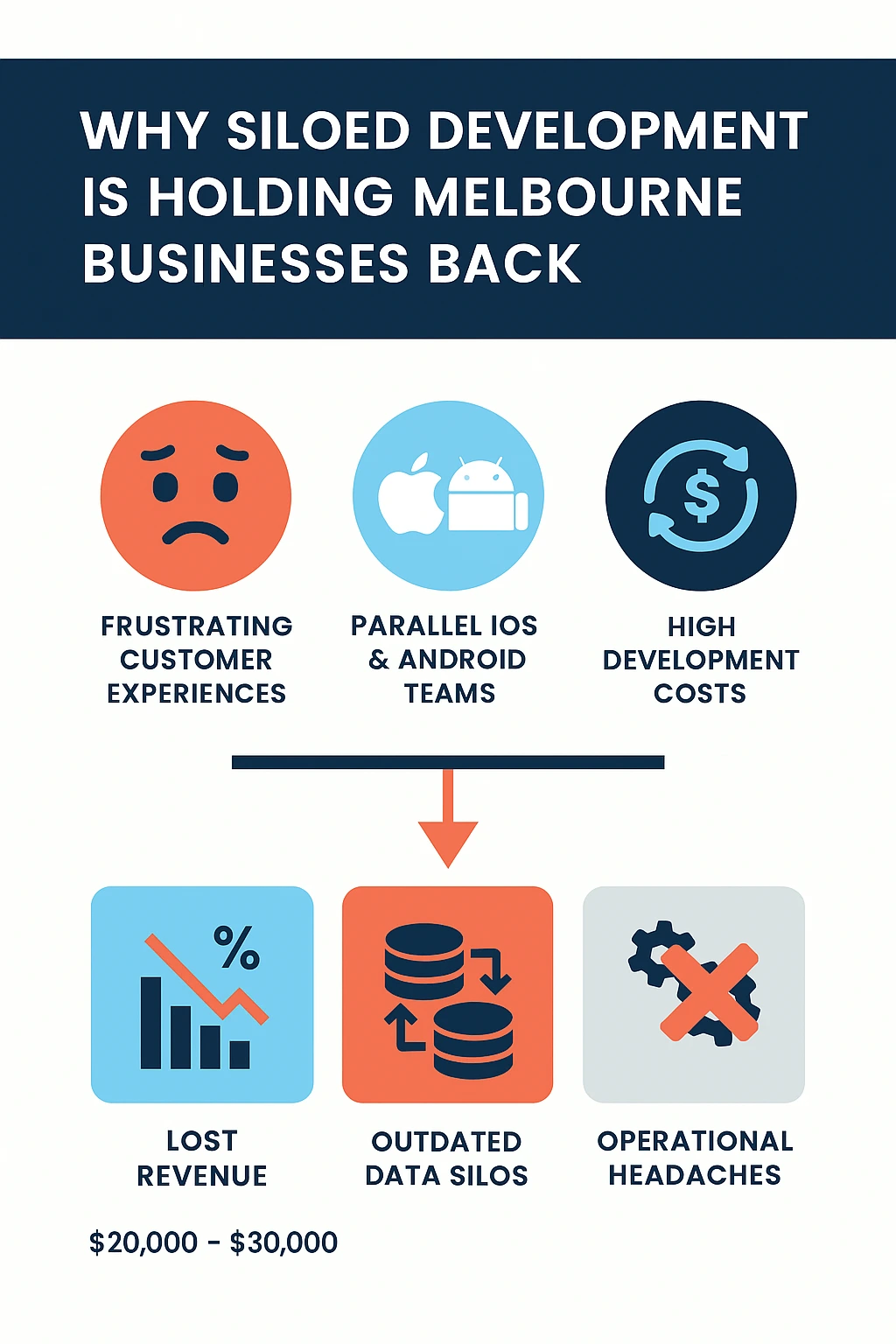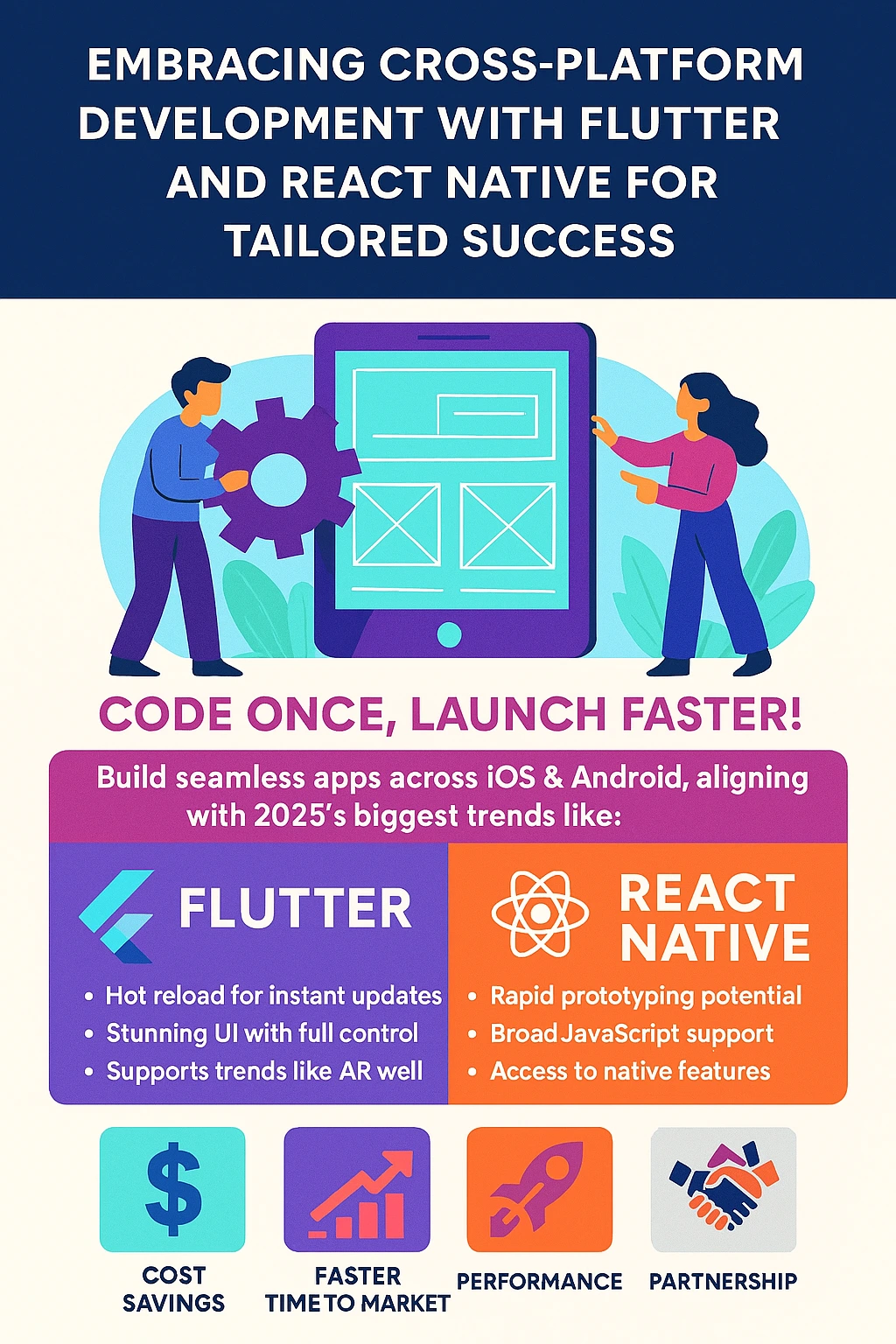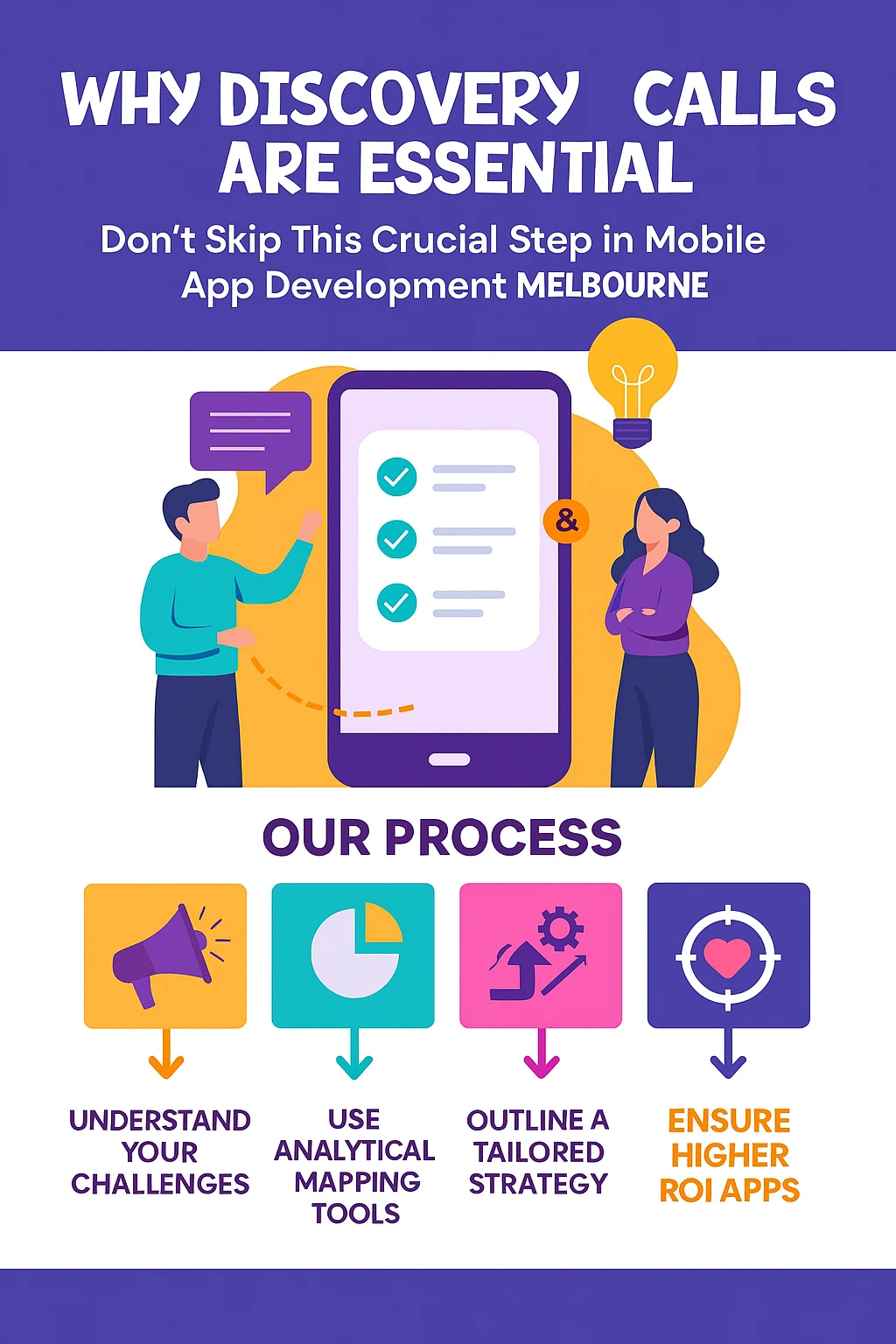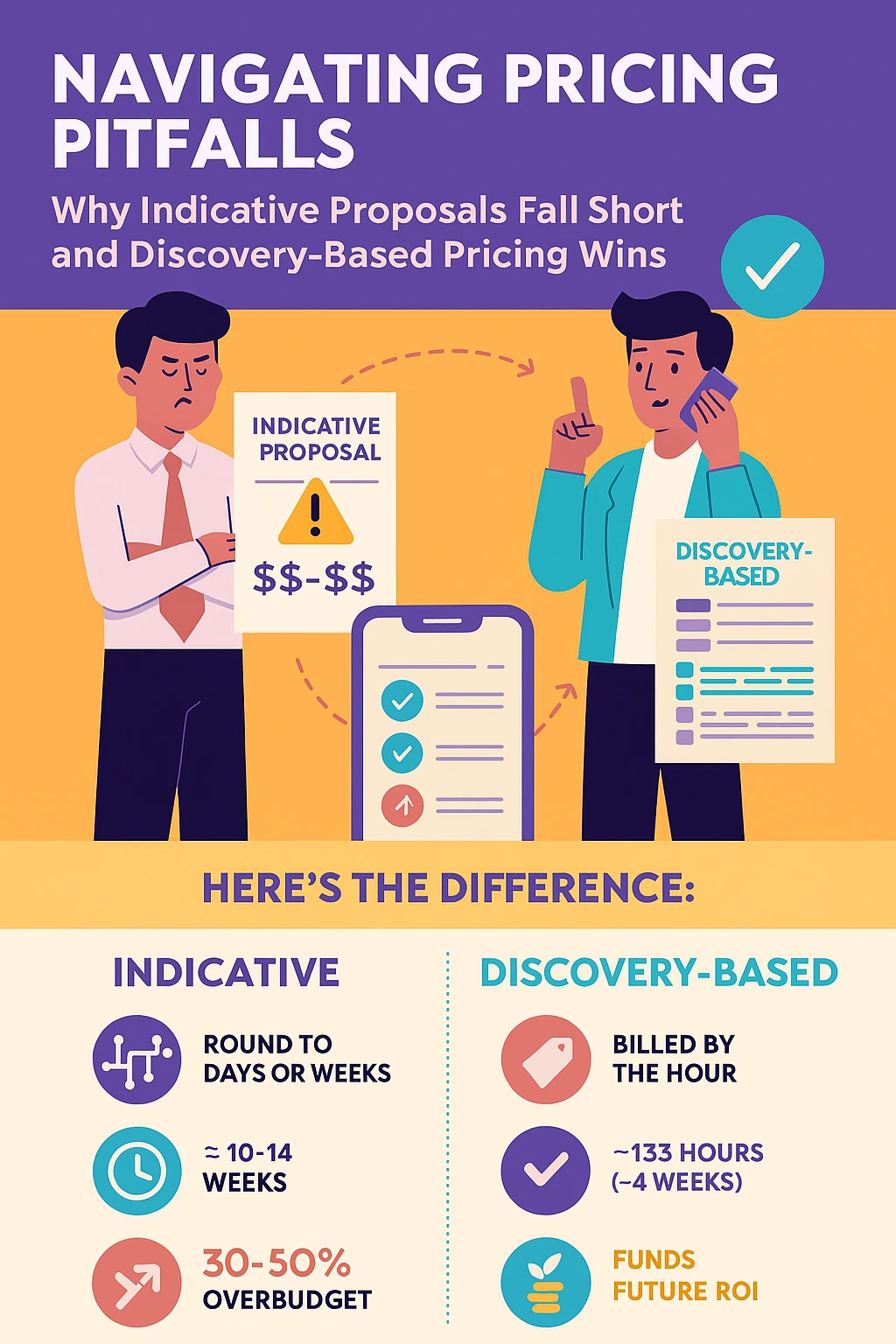As a Melbourne-based business owner or executive over 34, you're likely no stranger to the relentless demands of Australia's thriving digital economy. With high operational costs chipping away at your margins and competitors swiftly deploying innovative tech to capture market share, the frustration intensifies when your own mobile app initiatives get bogged down by outdated, siloed development methods. Traditional approaches to building separate iOS and Android apps force you to duplicate efforts, ballooning budgets and extending timelines—often leaving you short of growth targets and watching potential revenues evaporate. In a city like Melbourne, where the app market contributes to Australia's overall mobile revenue projected to exceed AUD 8 billion by 2025 with a CAGR of 8%, settling for inefficient processes isn't merely inconvenient; it's a significant barrier to the operational efficiency, cost reductions, and competitive advantages you strive for.
Consider the broader Australian mobile landscape: with 34.4 million cellular mobile connections as of early 2025, and mobile traffic accounting for 64.2% of all internet usage, the demand for seamless, high-performing apps is at an all-time high. Yet, many organisations grapple with outdated legacy systems that resist integration, poor customer experiences that erode loyalty, and a lack of internal technical expertise to navigate these complexities. Triggers like missing quarterly growth targets or seeing rivals launch apps with superior features only heighten the urgency. The result? A cycle of uncertainty, where high software development costs and previous bad experiences with vendors make it hard to know where to start, all while employee resistance to change adds another layer of complication.
Why Siloed Development is Holding Melbourne Businesses Back

Picture this: You're investing substantial resources into parallel teams for iOS and Android development, only to end up with apps that deliver inconsistent user experiences across platforms—frustrating your customers and hindering adoption rates. Forums like Reddit are alive with developers in Melbourne and beyond venting about these exact pitfalls: endless debugging sessions, costs spiralling out of control, and project timelines stretching from planned weeks into gruelling months. In Melbourne's fast-evolving app scene, where smartphone penetration drives industries from retail to logistics, this fragmentation exacerbates your core challenges. Outdated legacy systems clash with modern requirements, leading to data silos that impede real-time decision-making. Poor customer experiences translate to lost revenue—studies show that apps with subpar UX can see abandonment rates as high as 70%—while high operational costs eat into profits that could be reinvested in growth.
Worse still, competitors in Melbourne are capitalising on 2025 trends like AI integration and 5G optimisation, launching apps that not only meet but anticipate user needs, leaving you trailing. For instance, with Australia's mobile app market showing iOS holding a 54% share and Android at 44%, ignoring cross-platform efficiencies means you're effectively doubling your efforts without proportional gains. Bypassing modern frameworks aggravates the problem, forfeiting potential reductions in development time by up to 50%, as reported by local executives on platforms like X (formerly Twitter). The outcome is a compounding effect: inflated overheads, team resistance due to prolonged projects, and that persistent doubt about initiating change, turning what should be innovative opportunities into ongoing operational headaches that stifle your driven, analytical pursuit of higher revenues and market dominance.
Embracing Cross-Platform Development with Flutter and React Native for Tailored Success

The good news? There's a proven path forward: cross-platform app development using frameworks like Flutter and React Native, which are revolutionising how Melbourne businesses build efficient, high-performance mobile solutions. At C9, Australia's leading custom mobile apps developer, we specialise in leveraging these tools to create bespoke apps that directly address your unique needs, from streamlining operations to enhancing customer engagement. This isn't about off-the-shelf generics; it's about collaborative, innovative partnerships that deliver trustworthy results tailored to your organisation's goals.
Let's break down the frameworks. Flutter, developed by Google, stands out for its fast performance, compiling to native ARM or Intel machine code for seamless execution on any device. Its Hot Reload feature allows developers to make code changes and see updates almost instantly without losing app state, dramatically boosting productivity—ideal for iterative development in fast-paced Melbourne projects. With over 170,000 GitHub stars as of 2025, Flutter excels in creating customised, adaptive designs that control every pixel for stunning UIs, and it supports emerging trends like AI integration and AR/VR, which are set to dominate Australia's app market. In benchmarks, Flutter shows lower CPU usage (5-8%) compared to alternatives, making it perfect for resource-intensive apps in sectors like healthcare or e-commerce.
React Native, maintained by Meta and a community including Microsoft and Expo, offers a "learn once, write anywhere" approach, using JavaScript to render native components for a truly platform-native feel. With 121,000 GitHub stars, it's widely adopted by giants like Facebook, Shopify, and Klarna, and supports frameworks like Expo for rapid prototyping with over 50 modules. Its strength lies in leveraging existing web talent for scalable apps, integrating seamlessly with native code for complex features like real-time chat or IoT connections.
In Melbourne, where cross-platform adoption is surging amid 2025 trends like PWAs and touchless UI, these frameworks deliver tangible benefits: cost savings of 20-50% over native development by using a single codebase, faster launches (up to 50% reduced time), and native-like performance without compromises. For example, a Melbourne retail client using Flutter at C9 cut deployment timelines by 40%, integrating AR for virtual try-ons that boosted customer engagement by 25%. Similarly, React Native has powered logistics apps with real-time tracking, reducing operational costs by AUD 10,000 monthly through efficient data flows. We've assisted executives in diverse industries transform clunky legacies into agile, revenue-generating tools—reducing overheads, improving experiences, and securing that competitive edge through secure, reliable integrations with existing databases and systems.
Why Discovery Calls Are Essential: Don't Skip This Crucial Step in Mobile App Development Melbourne

In the eagerness to accelerate projects, many Melbourne business owners overlook discovery calls, dismissing them as an extra hurdle in an already complex process. However, this is a grave error—skipping discovery often results in misaligned apps that overrun budgets, fail to solve real problems, and repeat past vendor disappointments. Without this foundational step, you're building on assumptions, risking scope creep that can inflate costs by 30-50% and delay launches, ultimately undermining your goals of efficiency and profitability.
At C9, our discovery calls are a no-obligation, trustworthy entry point to custom success in mobile app development Melbourne. Here's a detailed breakdown of how they work: We schedule a 30-60 minute session where our experts actively listen to your specific challenges—such as high costs from legacy systems or missing growth targets due to tech gaps. Using analytical tools, we map your current operations, identify triggers like competitor advancements, and explore barriers including internal resistance or expertise shortages. We then outline a tailored strategy, perhaps recommending Flutter for UI-heavy apps or React Native for JavaScript-based integrations, complete with a high-level roadmap.
This process isn't a time-waster; it's an investment that saves resources by aligning features to your needs from the outset. For instance, one Melbourne executive discovered during our call that their initial scope included unnecessary features, trimming 20% off the budget upfront. Discovery fosters team buy-in, overcomes change resistance, and ensures projects deliver early ROI—executives who've participated report 25-40% faster launches and apps that truly drive revenues. In Australia's data-driven market, where informed decisions are key, skipping this means gambling on outcomes, whereas embracing it positions you for collaborative, innovative wins.
Navigating Pricing Pitfalls: Why Indicative Proposals Fall Short and Discovery-Based Pricing Wins

Pricing is often the make-or-break factor in mobile app development Melbourne, yet many agencies tempt with indicative proposals—hasty estimates based on superficial details—that promise quick answers but hide severe flaws. These "ballpark" figures frequently underestimate complexities like custom integrations or regulatory compliance, leading to surprise fees, extended timelines, and apps that don't fully address your pain points. In essence, they're not worth the paper they're written on, as they disregard your unique barriers—such as legacy system compatibility or scalability needs—resulting in overpromises, underwhelming deliverables, and eroded trust.
Indicative pricing typically rounds to the nearest day or week, relying on broad assumptions. For example, an agency might quote a basic cross-platform app at AUD 50,000-70,000, estimating 10-14 weeks at AUD 5,000 per week. But without discovery, they overlook specifics like integrating with your existing CRM, which could add 20-30 unforeseen hours, pushing the total cost up by 30-50% to AUD 65,000-91,000 and delaying delivery.
Conversely, C9's discovery-based pricing is precise, transparent, and billed to the nearest hour for maximum accountability. Post-discovery, we segment projects into stages to enable early ROI and reinvestment. Stage 1 might develop an MVP using Flutter for core features, costing AUD 20,000 over 4 weeks (billed at AUD 150/hour for approximately 133 hours). This delivers immediate value—like operational streamlining that saves AUD 10,000 monthly in efficiencies—which you can funnel into Stage 2 for React Native enhancements, such as advanced analytics, at an additional AUD 15,000-25,000. This phased approach minimises upfront risks, allows collaborative refinements, and ensures savings from early wins fund future iterations, aligning with your analytical drive for cost control and profitability.
Insist on discovery before any pricing—it's the cornerstone of trustworthy partnerships that optimise efficiency and maximise returns in mobile app development Melbourne.
Seize Melbourne's Mobile Advantage with C9
In Melbourne's vibrant 2025 app ecosystem, mastering cross-platform development with Flutter and React Native is essential for transcending frustrations and realising breakthrough growth. By partnering with C9, you convert pains into profits, fragmented processes into fluid solutions, and uncertainties into confident strides forward.
Ready to abandon silos and propel your business ahead? Schedule a free discovery call with C9, Australia's leading custom mobile apps developer. Visit https://www.c9.com.au/ or contact us now to embark on your journey toward innovative, tailored mobile app development in Melbourne. Don't allow competitors to surge ahead—let's collaborate on your success.